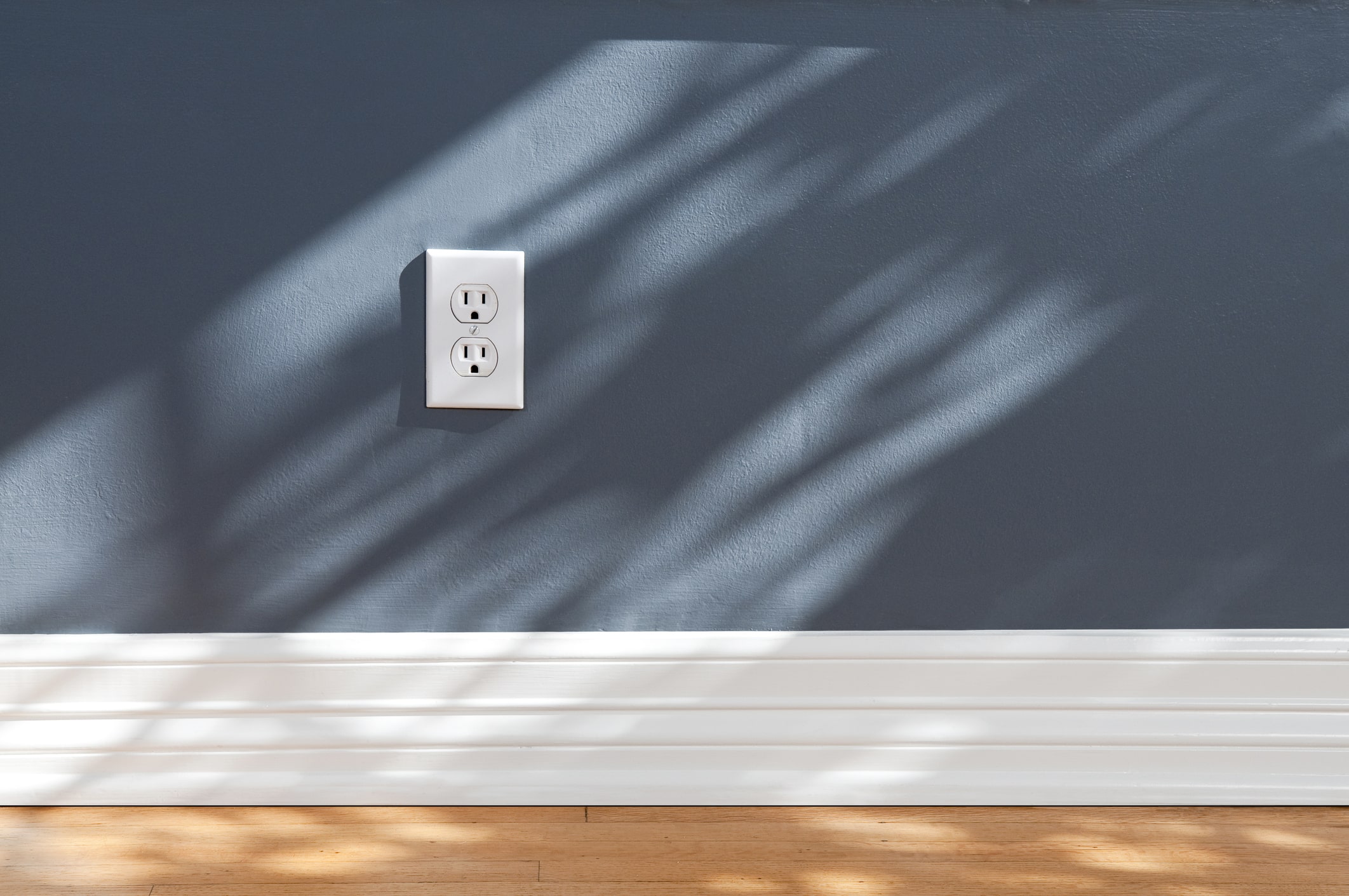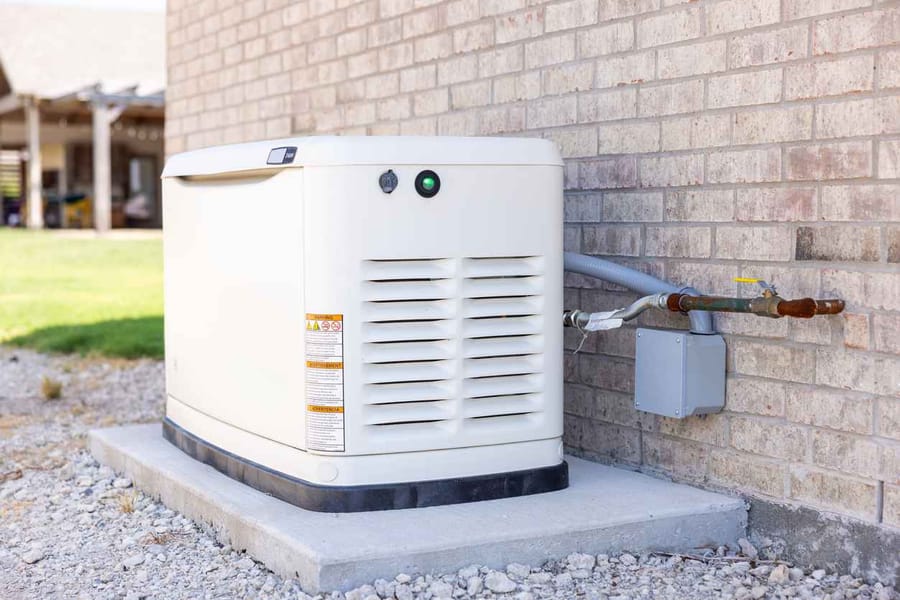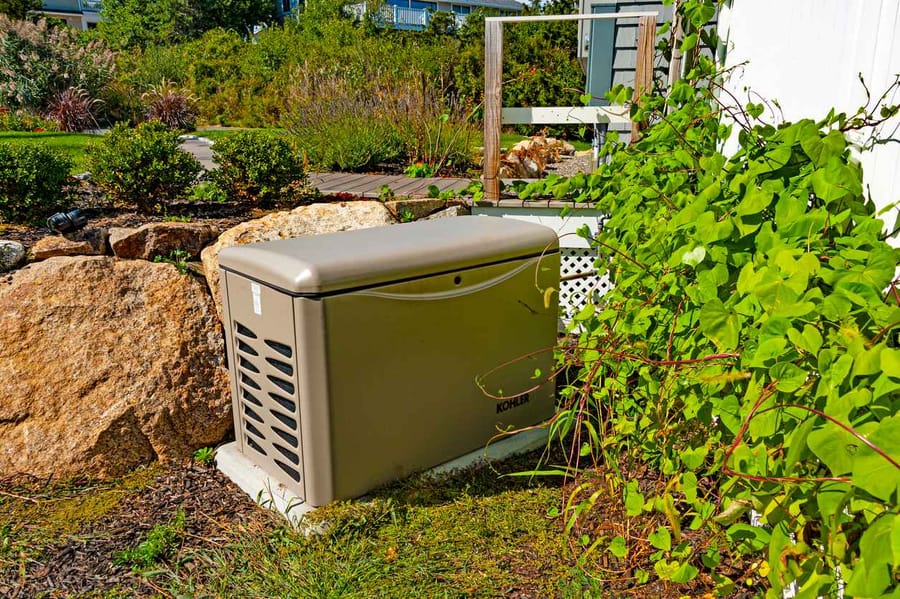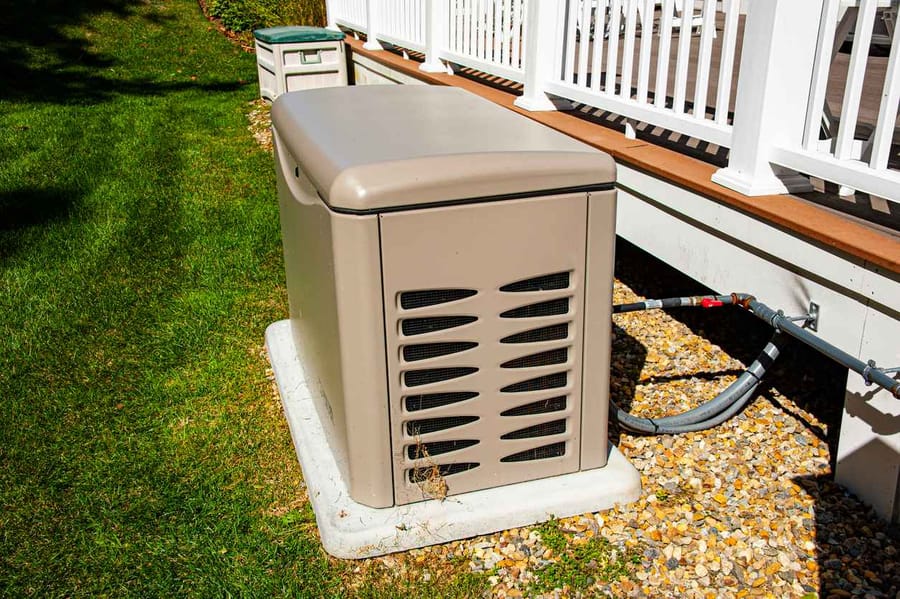0% Financing Available
How Many Watts Can an Outlet Handle?

When it comes to powering our modern lives, electricity is the invisible force that fuels our devices, appliances, and gadgets. As we go about our daily routines, we rarely stop to consider the capacity of the outlets that provide us with this essential power. However, understanding the limits of these outlets is crucial to ensuring the safety and efficiency of our electrical systems. In this article, we’ll delve into the question, “How many watts can an outlet handle?” and explore the topic with the expertise of Chesapeake Electric, a leading name in the electrical industry.
The Basics: Volts, Amps, and Watts
Before we dive into the capacity of outlets, it’s important to grasp the fundamental units that describe electrical flow. Volts (V) measure the electrical potential difference, while amps (A) quantify the current flow. Watts (W), the product of voltage and current, represent the actual power being consumed or delivered.
Outlet Types and Their Capacities
The common household outlet, known as a duplex receptacle, is typically designed to handle 15 or 20 amps of current at 120 volts, yielding a maximum capacity of 1800 or 2400 watts, respectively. This capacity is suitable for most everyday appliances and devices such as lamps, chargers, computers, and TVs. However, appliances with higher power demands, such as air conditioners and space heaters, require specialized outlets.
Chesapeake Electric emphasizes the importance of matching an appliance’s power requirements to the appropriate outlet. Using an outlet with insufficient capacity can lead to overheating, tripped circuit breakers, and potentially dangerous situations. To accommodate high-power appliances, specialized outlets like NEMA 6-20 (240V, 20A) or NEMA 5-20 (120V, 20A) are installed, allowing safe operation without overloading the circuit.
Calculating Load and Ensuring Safety
Calculating the load on an outlet involves summing the power requirements of all connected devices. For instance, if you have a TV (200W), a gaming console (150W), and a sound system (100W) plugged into the same outlet, the total load would be 450 watts. While this falls well within the capacity of a standard 15-amp outlet, it’s crucial not to overlook other devices on the same circuit.
Chesapeake Electric recommends distributing loads across circuits to prevent overloads. Kitchens and workshops, where high-power appliances are common, often feature dedicated circuits to ensure safety and efficiency. Additionally, using power strips with built-in surge protection can safeguard your devices and prevent circuit overload.
The Future of Outlets
As technology advances, the demand for electricity continues to grow. Smart homes with interconnected devices and electric vehicles charging at home are becoming the norm. This evolution prompts the need for more robust electrical infrastructure.
Chesapeake Electric is at the forefront of this change, advocating for the installation of outlets with higher capacities to accommodate evolving needs. By working closely with homeowners and businesses, they ensure that electrical systems are not only functional but also future-proof.
Conclusion: How Many Watts Can an Outlet Handle?
The question of how many watts an outlet can handle is a vital one, touching on safety, convenience, and the evolving landscape of energy consumption. As we go about our daily lives, it’s easy to take electricity for granted, but understanding its limits empowers us to use it wisely and efficiently. Chesapeake Electric stands as a reliable guide in navigating the intricacies of electrical systems, helping us make informed choices and ensuring the smooth flow of power in our homes and businesses. So, the next time you plug in a device, remember that behind that outlet is a network of expertise and care, working to keep your world illuminated and connected.
Recent Posts

December 19, 2025

December 19, 2025

December 19, 2025

December 19, 2025

November 21, 2025

November 21, 2025

November 21, 2025